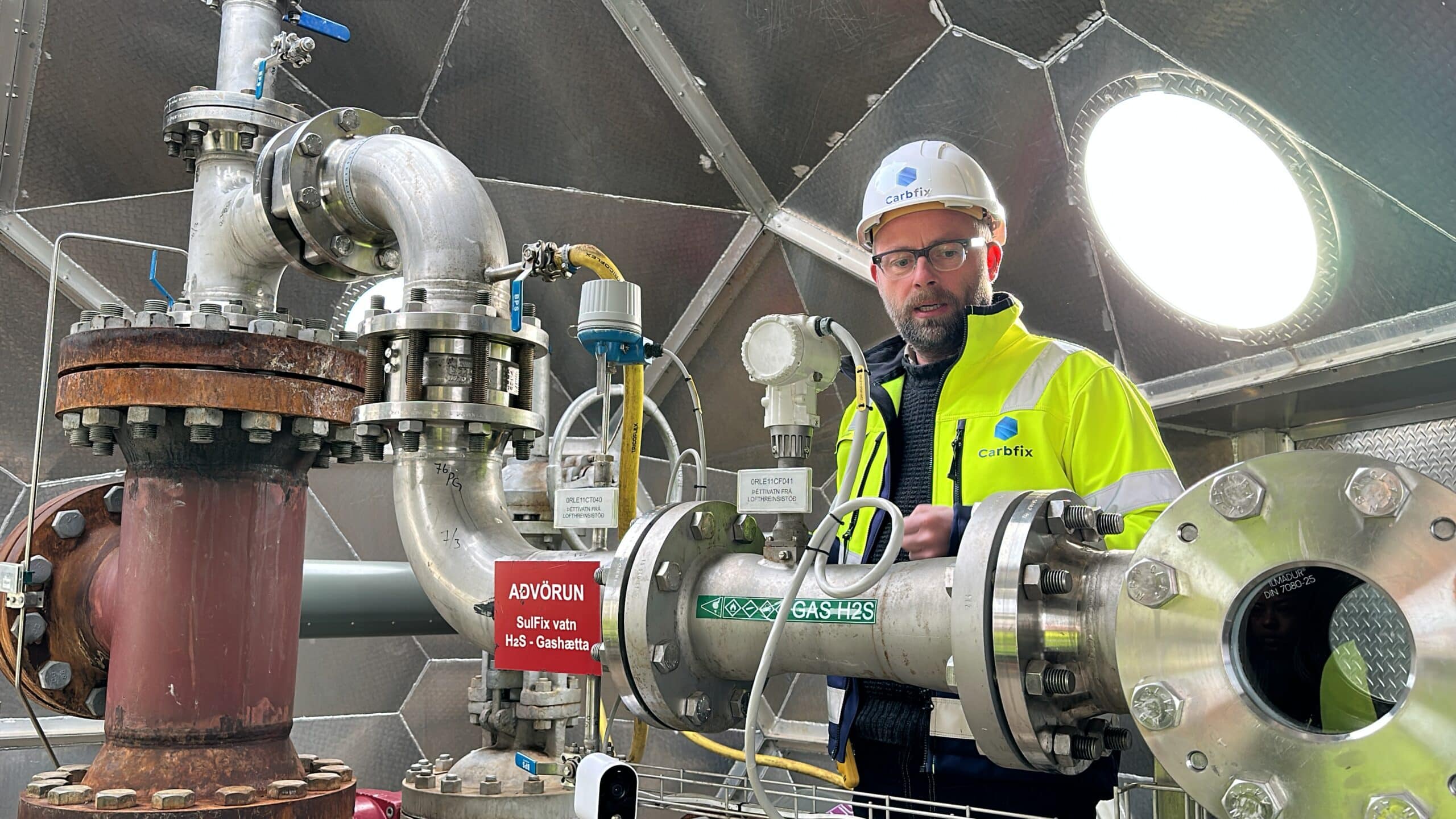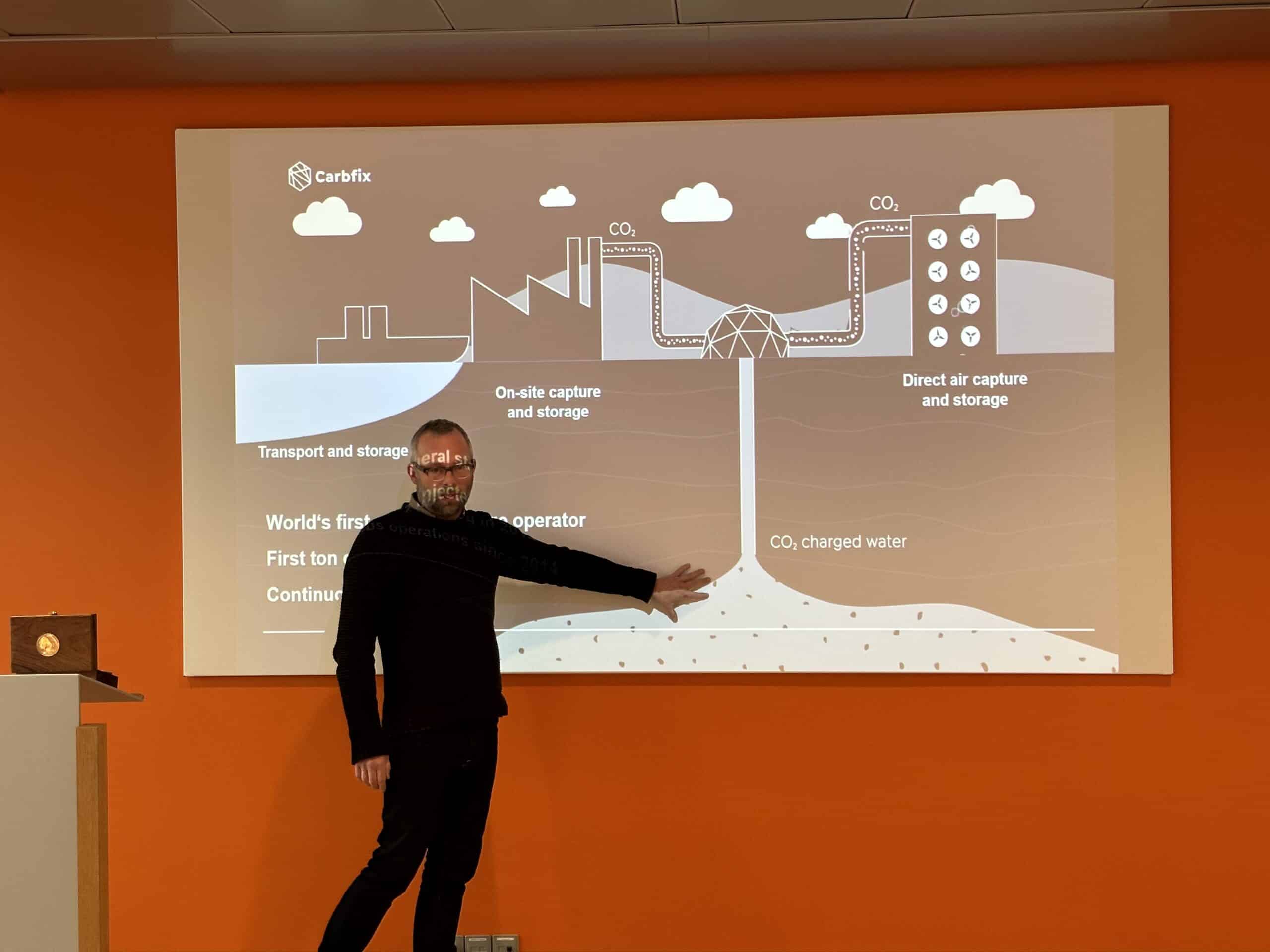
Is Carbon Capture a Viable Solution to Reducing Emissions?
Rising carbon emissions significantly contribute to climate change, a pressing global challenge. As industries and daily activities release more carbon dioxide into the atmosphere, the planet’s temperature rises, leading to severe environmental impacts.
In response, carbon capture technology emerges as a promising solution. This innovative approach aims to trap carbon dioxide before it reaches the atmosphere, potentially reducing carbon footprints and mitigating climate change as a result. Exploring and investing in carbon capture opens doors to a more sustainable future.
Understanding Carbon Capture
Carbon capture is a cutting-edge process that traps carbon dioxide emissions from sources, like power plants and industrial processes, before it enters the atmosphere. Then, machines store this trapped CO2 underground or use it in various applications.
There are several methods for capturing carbon — one involves filtering and chemically binding the CO2 in extensive facilities, while another uses direct air capture technology to remove CO2 directly from the atmosphere.
Additionally, experts are exploring natural solutions — like enhancing forest growth and oceanic algae — to absorb more CO2. Each method is crucial and continuous innovation makes these technologies more efficient and affordable.
The urgency for such innovation becomes apparent when considering the environmental impact of human activities. This movement has generated approximately 830 gigatons of CO2 in the last 30 years. This staggering amount is equivalent to the emissions produced over two and a half centuries in the past.
Challenges and Limitations of Carbon Capture
Carbon capture technology, while promising, faces significant challenges that hinder its widespread adoption. The foremost hindrance is the high cost of capturing and storing carbon dioxide, especially compared to other emission reduction strategies.
This cost factor comes with the energy-intensive nature of current capture methods, which often require substantial energy, potentially offsetting some environmental benefits. Scalability is another hurdle — effectively implementing carbon capture on a global scale to make a meaningful impact on emissions remains a complex task.
Additionally, the varying sources of CO2 emissions add to the complexity. Different industries and processes emit CO2 in various concentrations and volumes, making it challenging to develop an effective and cost-efficient one-size-fits-all solution.
However, ongoing research and development offer hope. Innovators are exploring new methods to reduce the energy requirements of carbon capture processes, develop more cost-effective materials and techniques and enhance scalability. As this research progresses, it could address these challenges, making carbon capture a more viable and essential tool in the global effort to combat climate change.
Carbfix and Its Innovative Approach
Carbfix, a trailblazing initiative in carbon capture, stands out with its unique and groundbreaking approach. They have developed a revolutionary method, based in Iceland, to capture carbon dioxide and turn it into stone.
This process mimics natural mineralization, but at a significantly accelerated pace. How does it work? Carbfix captures CO2 emissions, dissolves them in water and then injects this mixture into basalt rock formations underground. The carbon dioxide reacts with the basalt and solidifies, effectively turning into stone within a few years, which would naturally take centuries.
One of their most notable achievements is Project Orca, which showcases this technology’s practical application and scalability. It can capture and convert 4,000 tons of CO2 annually, making a substantial impact on reducing greenhouse gases. This project demonstrates the feasibility of their method and highlights its replication and scalability potential.
The success of Carbfix’s approach offers a glimmer of hope in the fight against climate change, showing how innovative solutions can lead to substantial environmental benefits. The company’s work is significant in carbon capture technology, potentially transforming how nations tackle carbon emissions worldwide.
The Role of Carbon Capture in a Broader Emission Reduction Strategy
The fight against climate change requires a multifaceted approach and carbon capture technology is crucial when combined with other mitigation efforts. It’s vital to understand carbon capture is not a standalone solution, but a complementary tool to enhance the effectiveness of broader climate strategies.
For instance, integrating carbon capture with renewable energy sources creates synergistic benefits. Renewable energy reduces future emissions, while carbon capture deals with existing CO2 in the atmosphere.
The burgeoning electric vehicle (EV) market exemplifies this multi-pronged approach. With a growing demand to reduce global carbon emissions, the EV market’s expansion directly responds to climate change. This shift diminishes reliance on fossil fuels and creates opportunities for carbon capture technologies to address manufacturing and electricity generation emissions.
Moreover, collaboration across various sectors is essential. Governments, academia, industries and civil society working together can accelerate the development and implementation of these technologies.
This collective effort can lead to policy frameworks, funding for research, public awareness and a cohesive strategy to tackle the climate crisis effectively. By joining forces and combining diverse solutions, the public can make substantial progress toward a sustainable and low-carbon future.
Fueling the Future With Green Technologies
The fight to mitigate climate change hinges on continuous innovation and investment in sustainable technologies. It’s essential for everyone to stay informed about these advancements and to support them actively.
The collective effort in understanding and advocating for sustainable solutions — including adopting policies in favor of environmental technologies and personal choices in alignment with eco-friendly practices — is crucial. This united approach can harness the full potential of innovative solutions and steer the global community towards a more sustainable future.





Post a comment